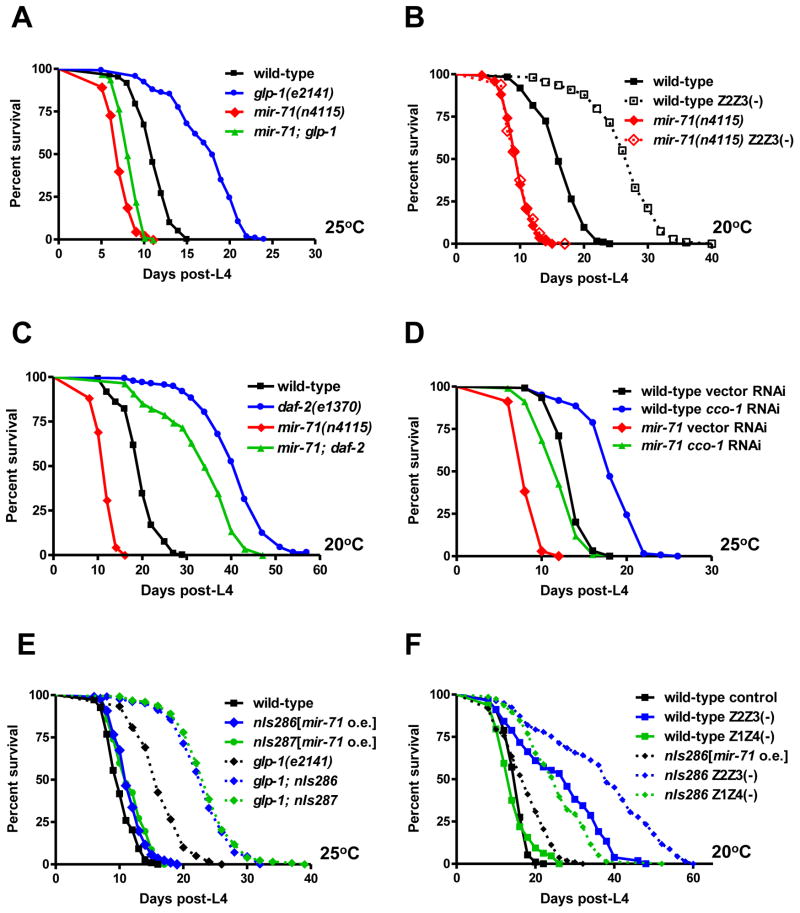Fig. 2. mir-71 mediates the effects of germ cell loss on longevity.
(A) Loss of mir-71 function suppresses the long lifespan of germline-deficient glp-1(e2141) mutants. Germline removal by glp-1(e2141) resulted in a 55% extension of mean lifespan in otherwise wild-type animals (p<0.0001) compared to a 15% extension in mir-71(n4115) mutants (p<0.0001). (B) Loss of mir-71 function fully suppresses the increased longevity of germline-ablated animals. Ablation of germline precursor cells Z2 and Z3 resulted in a 60% extension of wild-type mean lifespan (p<0.0001), while it had no effect (p>0.5) on mir-71(n4115) mutant lifespan. (C) Loss of daf-2 function extended both wild-type lifespan (p<0.0001; 100% mean lifespan extension) and the lifespan of mir-71(n4115) mutants (p<0.0001; 180% mean lifespan extension) (D) cco-1 RNAi extended both wild-type lifespan (p<0.0001; 35% mean lifespan extension) and the lifespan of mir-71(n4115) mutants (p<0.0001; 45% mean lifespan extension). (E) Extra copies of mir-71 modestly extended the lifespan of intact animals at 25 °C (p<0.0003, 14–15 % mean lifespan extension), whereas it caused a robust extension on the lifespan of germline-deficient glp-1(e2141) animals at 25 °C (p<0.0001, 40–45% mean lifespan extension). (F) Extra copies of mir-71 caused a robust lifespan extension on the lifespan of both germline-ablated (Z2 and Z3) (p<0.0001, 40% mean lifespan extension compared to wild type Z2Z3(−) animals) and somatic gonad-ablated (Z1 and Z4) animals (p<0.0001, 75% mean lifespan extension compared to wild type Z1Z4(−) animals). All experiments were repeated at least once with similar effects. Mean lifespan values and statistical analyses of lifespan assays are shown in Supplementary Table 2.

